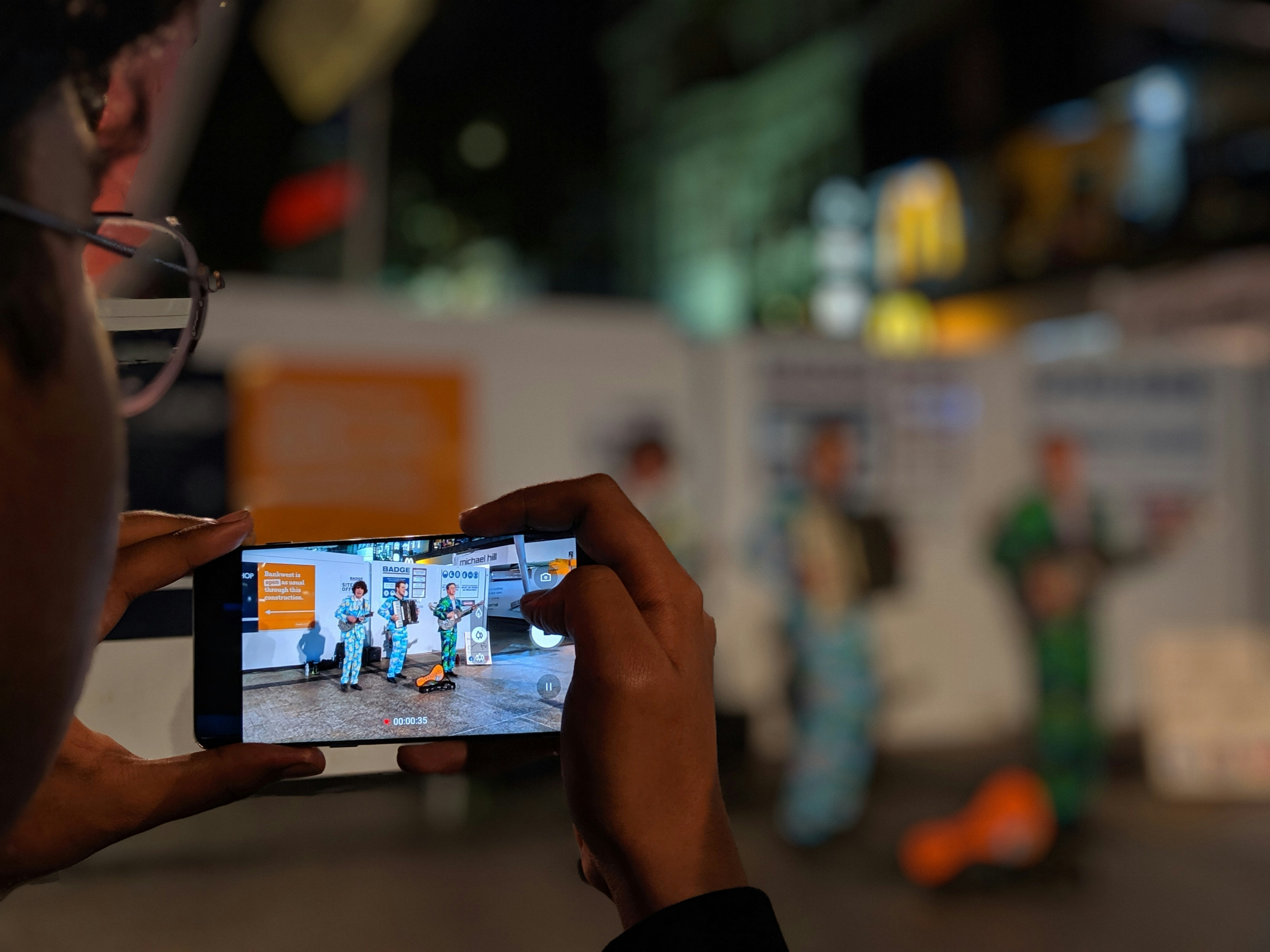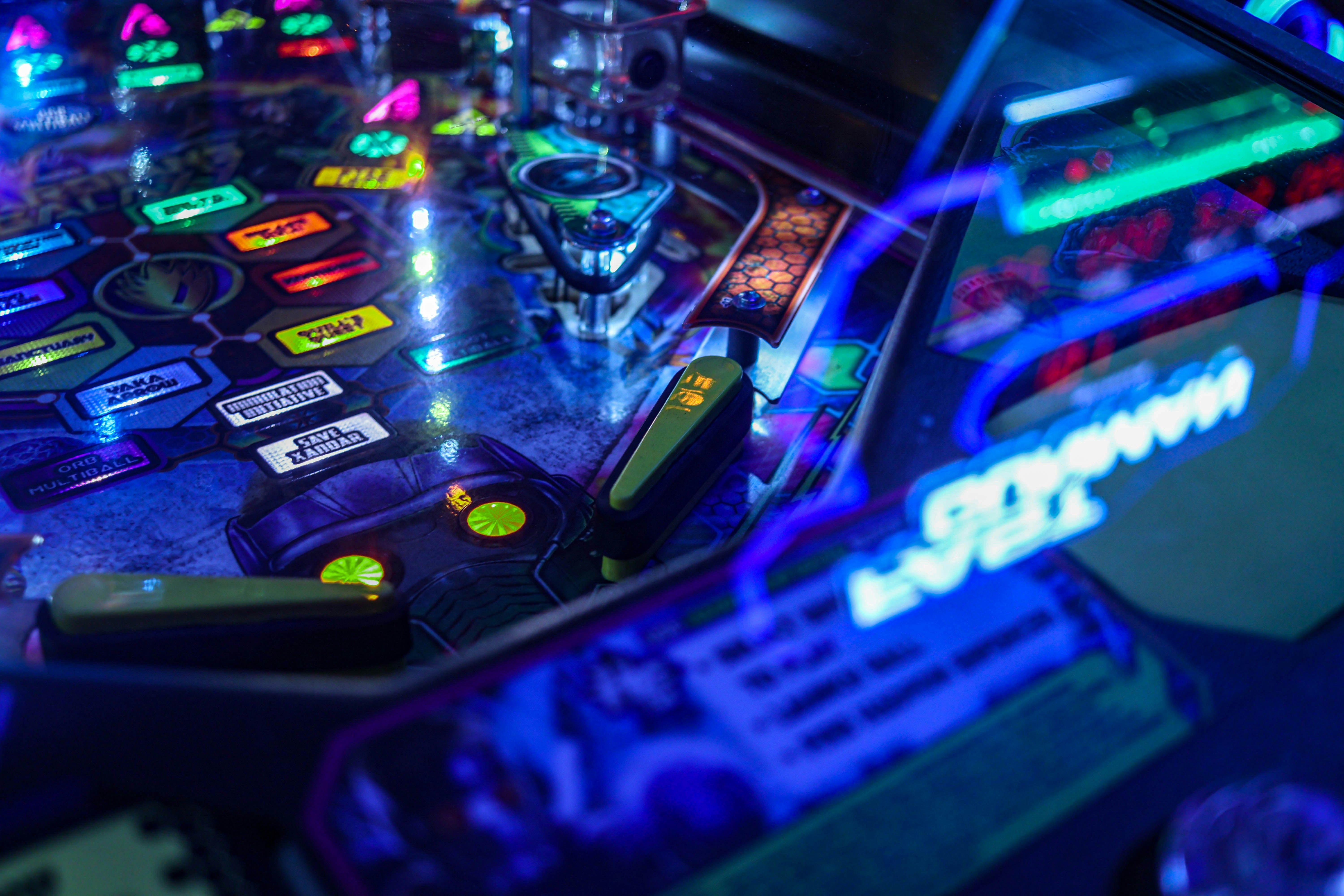Layered Realities: How Augmented Reality is Redefining Multiplayer Gaming
In the ever-evolving landscape of gaming, few technologies have sparked as much enthusiasm as augmented reality (AR). With its ability to blend the digital and real worlds, AR is not merely a graphical enhancement; it represents a transformative shift in how players interact with each other and their environment. As we delve into this thrilling frontier of augmented reality gaming, we'll explore how AR enriches multiplayer experiences and nurtures vibrant communities.
The New Era of Multiplayer Gaming
To truly appreciate the impact of AR on multiplayer gaming, let’s first examine traditional gaming experiences. Historically, multiplayer gaming has relied on online interactions through platforms like consoles and PCs, where players might engage in competitive or cooperative gameplay. However, this interaction often lacks the tangible connection of shared physical space. Enter AR—an innovative technology that seamlessly integrates gaming with the real world, turning familiar environments into dynamic playgrounds.
Imagine playing a cooperative scavenger hunt right in your local park, with teammates accessing digital clues and battling AR-generated monsters in real-time. This concept is no longer just a dream; games like Pokémon GO and Harry Potter: Wizards Unite have opened the door to experiential multiplayer gameplay, leading to the creation of communities that engage in shared experiences beyond the screen.
Enhancing Social Interactions Through Augmented Reality
One of the primary benefits of AR in gaming is its ability to enhance social interactions. Unlike traditional online gaming, where interactions often slide into the realm of anonymity, AR invites players to engage face-to-face, fostering genuine connections. For instance, games like Ingress by Niantic have forged communities around nearby locations, as players gather to capture portals and coordinate strategies. This kind of collaboration encourages players to meet up in person, turning the gaming experience into an active social occasion.
AR gaming also has the potential to break down geographical barriers. With a smartphone and a little creativity, players can connect with others from all around the globe while exploring their local surroundings. Events such as AR gaming meetups have become popular, allowing users to share tips, strategies, and experiences, ultimately weaving a tighter social fabric among gaming enthusiasts.
A unique example is Zombies, Run!—an app that integrates running with gameplay. Players become part of a narrative, and while they run, others in the area might be doing the same, creating an impromptu multiplayer experience. Users do not just play a game; they share a mission, enhancing both physical activity and community engagement.
Lesser-Known AR Games Creating Unique Communities
While Pokémon GO receives the lion’s share of attention, several lesser-known AR games are crafting distinct communities. Take Arcade City for instance. This game transforms everyday locations into interactive experiences where players can work together to compete in mini-challenges, establish alliances, and build friendships. These cooperative elements encourage players to step outside their comfort zones and collaborate with others they may not have otherwise met.
Another noteworthy mention is Ghostbusters: World, where players hunt virtual ghosts in the real world. This game allows players to join forces to tackle challenges and earn rewards, promoting teamwork and bonding among fellow ghost hunters. By integrating local landmarks into gameplay, players feel more connected to each other and their environment.
Community Building Through Augmented Reality
Augmented reality has an unparalleled ability to foster community. By transforming gameplay into shared real-world experiences, players make connections that transcend online interactions. This phenomenon is particularly significant during public events, where AR games bring individuals together, fostering a sense of camaraderie and teamwork.
A striking example is the Blippar platform, which employs interactive AR in cultural events. Whether it’s a museum exhibit or a local art festival, participants can use the app to unlock digital content, engage in scavenger hunts, or find virtual avatars dispersed throughout the venue. This not only enhances the overall experience but also encourages participants to collaborate, share, and interact organically.
The long-standing tradition of game jams also integrates well into the AR landscape. Combining creativity and collaboration, developers come together to create AR experiences that reflect local stories and culture. These projects unite gamers and creators, empowering communities to express their identities through innovative gameplay.
You may also check out our article on game jams as cultural movements to see how creativity is reshaping community engagement.
The Educational Potential of AR in Gaming
Interestingly, the implications of AR extend beyond entertainment. They reach into educational realms as well, where multiplayer AR experiences can facilitate collaborative learning. Through cooperative tasks and quests, users engage with educational content in immersive ways. A testament to this potential can be found in games like Civilization VI, which incorporates geographical elements into the gameplay, prompting players to learn about history and sociology in engaging ways.
Moreover, the potential for AR to introduce gamified elements into educational settings fosters community collaboration among students. Imagine a classroom where students embark on AR missions, collaborating across subjects to solve problems and gain a deeper understanding of real-world issues. This shift toward experiential learning creates an engaging, interactive atmosphere that promotes teamwork and communication skills.
Implications for the Future of AR Gaming
As we gaze into the future of AR gaming, it is clear that it holds vast potential for continued community engagement, learning, and social connections. Platforms are anticipated to evolve, incorporating AI to provide personalized experiences and enhancing collaboration among diverse player groups.
Furthermore, as AR technology becomes more accessible, we can expect a rise in community-driven content. Players may take on roles as creators, establishing unique gaming experiences in their neighborhoods and sharing stories that reflect their culture and community values.
Envision a world where AR intersects with traditional gaming festivals or conventions, allowing players to forge connections, interact with fellow enthusiasts, and explore physically and digitally blended spaces. Such environments will encourage new dialogues, networking opportunities, and lasting friendships, ultimately enriching the multiplayer gaming experience.
Final Thoughts
The integration of augmented reality in gaming is not merely a tool; it is a portal to a new dimension of social interaction, community building, and collaborative learning. As we see through various examples, AR enhances multiplayer experiences, creating bonds that linger long after the game is paused.
If you're eager to explore further aspects of innovative gaming experiences, consider reading about the impact of AI on gaming interactions or diving deep into gamification in mental health. The gaming world is rapidly evolving, and as AR becomes mainstream, the opportunities for enriched experiences and community engagement are limitless.










